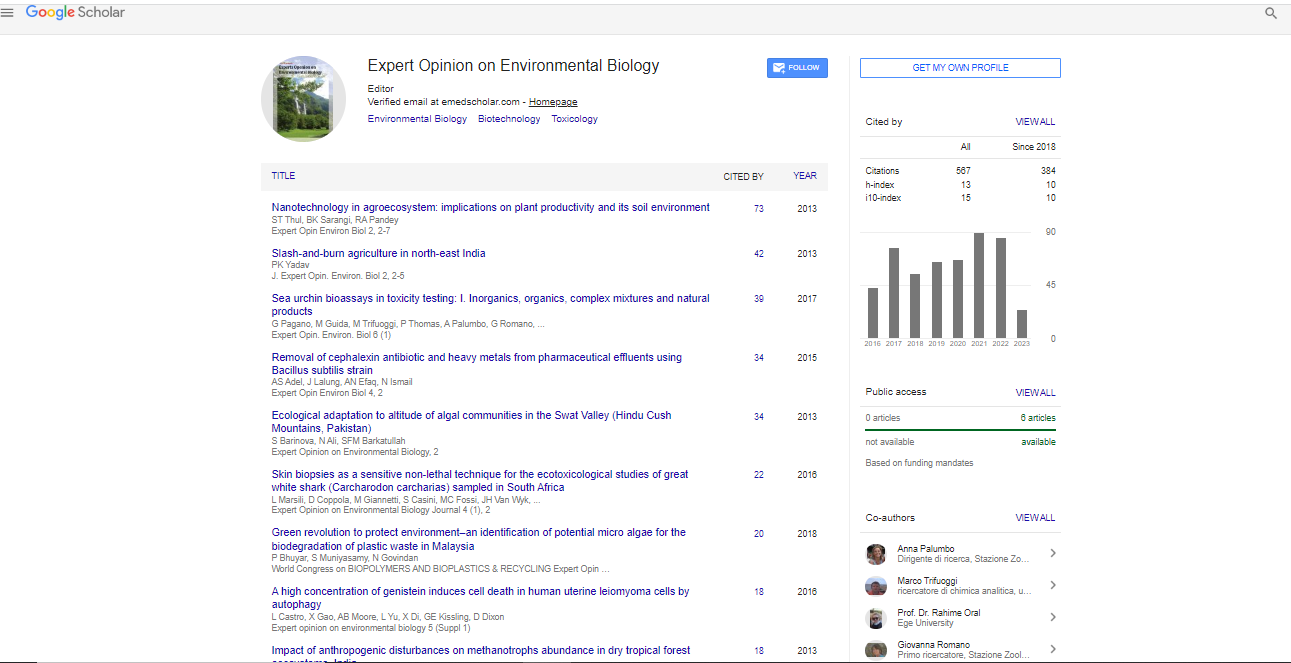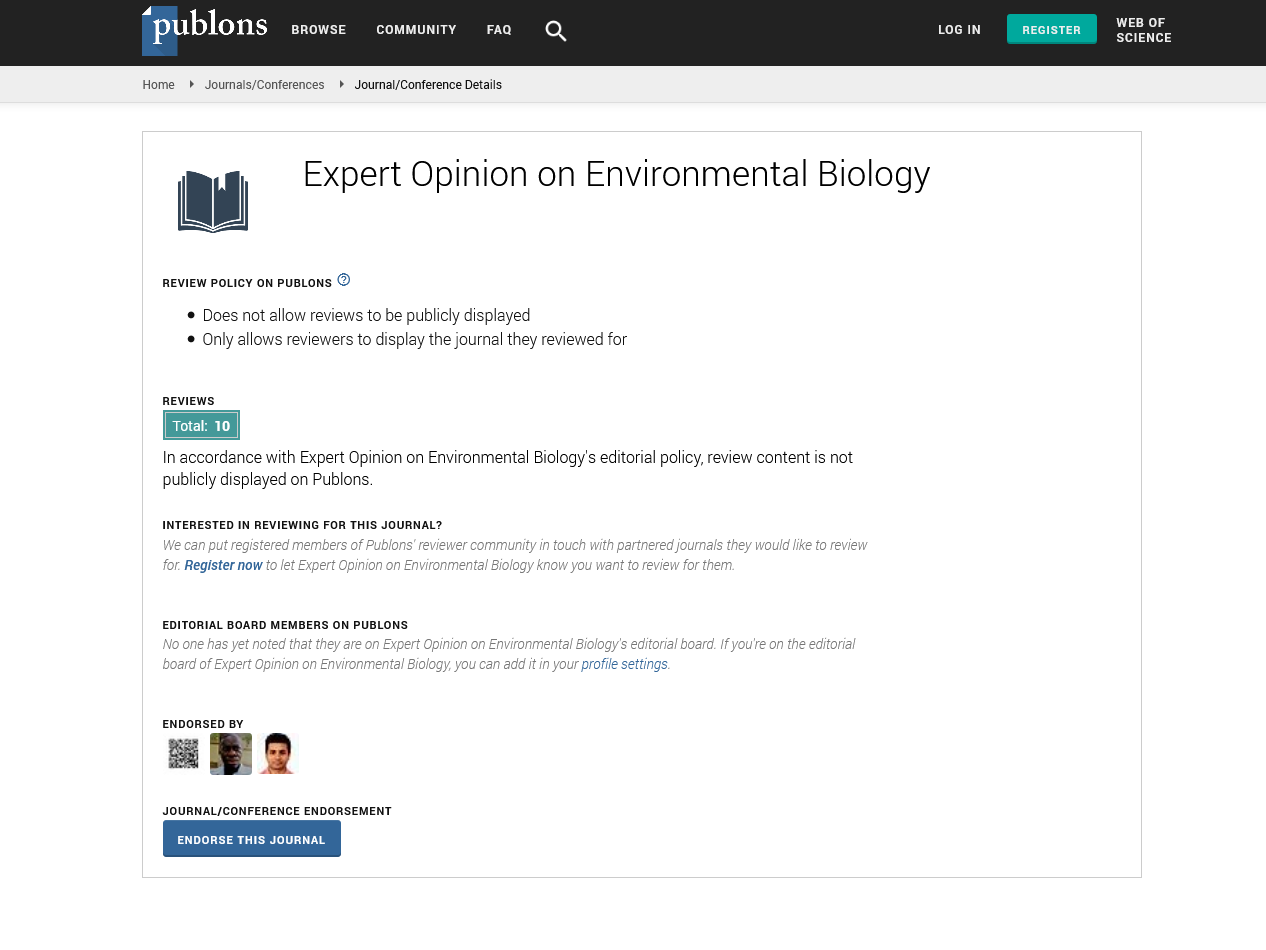Numerical analysis, design & optimisation of tesla turbine: A carbon-zero renewable energy generating source for the future
Warmate Awoloye IG*, Daya Pandey, Faisal Asfand and Artur Jaworsky
University of Huddersfield, United Kingdom
: Expert Opin Environ Biol
Abstract
Statement of the problem: Climate change remains one of the world’s greatest challenges today and as we move faster towards actualizing the UN 2030 sustainable developmental agenda and the goals of the Paris Agreement, the need for building new energy economies cannot be overemphasized howbeit, not many a country’s major energy source has shifted wholly, from those that impact negatively on the environment with circa 43.6% (Figure 1) energy generated from combustible fuels (Eurosat, 2021) and, as the world spring back to full-scale business after the COVID break, these demands are projected to increase. Suffice to say that almost all commercial power needs are still being generated by turbines with steam turbine contributing more than 80% worldwide using varieties of heat sources and hence, impacting on the environment. The purpose of this study is to suggest the use of Tesla turbine as a better substitute to steam and coal-fired turbines for world power generation as it offers more economically viable, safe, reliable, and most importantly, ozone-friendly solutions whilst in use. Methodology & theoretical framework: The Tesla turbine works by the principle of boundary layer effect due to the adhesive forces generated between the fluid and co-connected disk rotors (Figure 2). Numerical analysis was employed using both continuity equation and the Navier-Stokes equation for fluid modeling. Several CAD models were designed using Solid Works and simulations done using Ansys CFX/Fluent software. Conclusion: Computational fluid dynamics offers a robust method for critically monitoring the flow regimes in the multicomponent Tesla turbine other than theory, as it helps us adjusts the aforementioned variable performance parameters. The experiment enabled us to proffer empirical relations for the design of the Tesla turbine as an advanced energy solution even as we pace towards the net zero carbon emission targets in the year 2050. Further recommendations were suggested for a >98% efficient turbine as proposed by Nikola Tesla (1906).
Biography
Warmate Awoloye is an oil and gas and energy enthusiast with over 10 years of experience. He obtained his master’s degree in Oil and Gas Engineering with Management at the School of Computing and Engineering, University of Huddersfield where he obtained the prestigious vice-chancellor’s scholarship award for his PhD. His research area borders on numerical analysis and design of Renewable/Advanced Energy Systems for offshore and other service industries.
 Spanish
Spanish  Chinese
Chinese  Russian
Russian  German
German  French
French  Japanese
Japanese  Portuguese
Portuguese  Hindi
Hindi 
